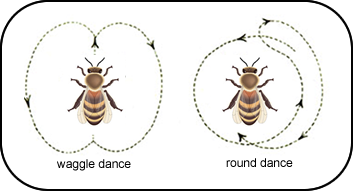 We don’t just speak with our mouths. We also speak with our bodies, our hands, our faces, our eyes, our respiratory systems, our lips, our tongues, our mouths, our brains. Various sayings emphasize the importance of these body parts in the production of language. Making faces. Her eyes spoke volumes. Hot air. Words dripped from her lips like honey. Mother tongue (implying that the language gives birth to the person). Mouthing off. Getting something off your mind. We used to talk about venting the spleen, letting out our angry feelings, but the truth is we don’t use the spleen. Speaking involves only certain parts of the body, so “I” tends to represent those parts.
We don’t just speak with our mouths. We also speak with our bodies, our hands, our faces, our eyes, our respiratory systems, our lips, our tongues, our mouths, our brains. Various sayings emphasize the importance of these body parts in the production of language. Making faces. Her eyes spoke volumes. Hot air. Words dripped from her lips like honey. Mother tongue (implying that the language gives birth to the person). Mouthing off. Getting something off your mind. We used to talk about venting the spleen, letting out our angry feelings, but the truth is we don’t use the spleen. Speaking involves only certain parts of the body, so “I” tends to represent those parts.
Continue reading “What Parts of Your Body Do You Speak With?”
 Well, yes. The language of the bees still astounds scientists. Bees communicate symbolically in the form of a dance, passing on information about distance, difficulty and value of potential food sources. They dance in the present about past experiences in order to exploit future resources. Other bees do their little dance, explaining alternative sources of pollen, and then somehow the bees come to a decision about the best source. An insect, a creature from the lower orders – far down the hierarchy of animals (at the top of which we have placed ourselves) – can clearly tell stories and make value judgements about them. (Read all about it in biologist and sociologist
Well, yes. The language of the bees still astounds scientists. Bees communicate symbolically in the form of a dance, passing on information about distance, difficulty and value of potential food sources. They dance in the present about past experiences in order to exploit future resources. Other bees do their little dance, explaining alternative sources of pollen, and then somehow the bees come to a decision about the best source. An insect, a creature from the lower orders – far down the hierarchy of animals (at the top of which we have placed ourselves) – can clearly tell stories and make value judgements about them. (Read all about it in biologist and sociologist